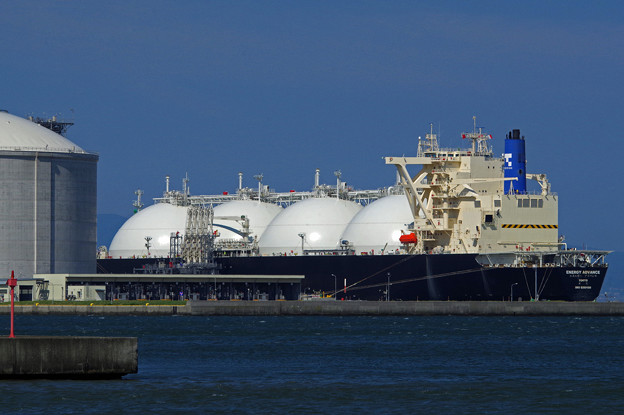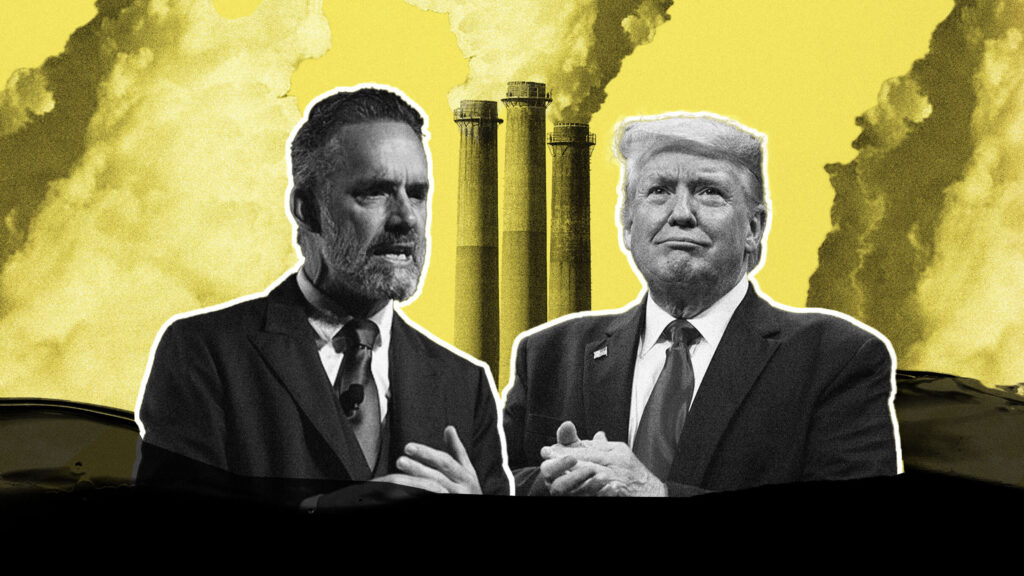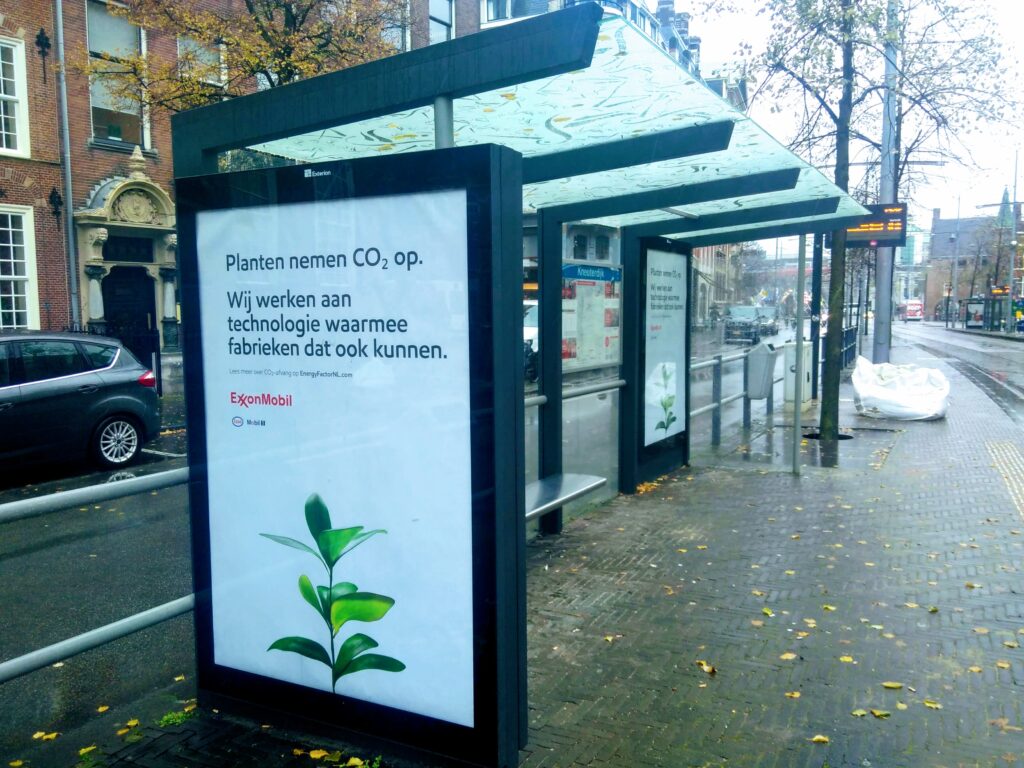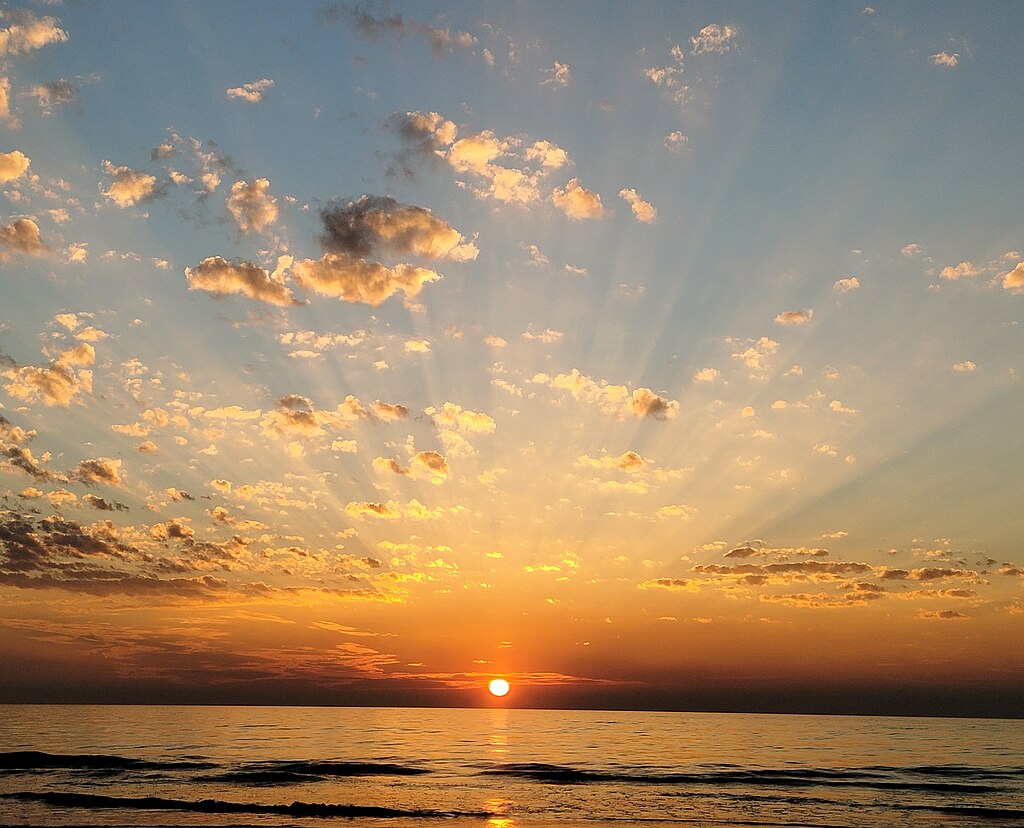Environmental groups have united in opposing a massive new terminal that would receive fracked gas from the US in a protected area on Ireland’s west coast. They fear the plan runs counter to Ireland’s newly agreed climate commitments and is contrary to the country’s decision to ban fracking.
The public consultation on the proposal closed yesterday.
Brexit fears played a key role in the reactivation of plans to develop a massive liquid natural gas (LNG) deepwater terminal in the Shannon estuary. Irish government ministers were alarmed that in a post-Brexit situation, LNG being piped into Ireland from the UK via interconnectors could be subject to tariffs.
The proposed terminal, which would be capable of docking the world’s largest LNG carriers, is to include four massive LNG storage tanks, each with a capacity of 200,000 cubic metres. Some 23 environmental groups from Ireland, Germany, Belgium and the US have united to oppose the terminal, with the principal objection being that its principal source of LNG would be from fracked gas fields in the US.
Last year, Ireland became one of only three countries in Europe to introduce a total ban on onshore fracking.
According to Friends of the Earth: “we banned fracking in Ireland, it would be absurd to import fracked gas instead. It would lock us into fossil fuel dependence and blow our chances of containing climate change”.
Friends of the Earth added that the Irish planning regulator, An Bord Pleanála “should not extend the planning permission for Shannon LNG. The Government and the EU should not support or subsidise it”. Permission was originally sought for the project in 2008, but the original backer, the US investor, Hess, pulled out after wrangles with the regulators over compulsory contributions towards the cost of linking to the Ireland-UK interconnector.
Some 99 percent of the total Irish gas supply is currently imported via the UK through the two undersea interconnectors.
Another anti-fracking group opposing the terminal, ‘Not Here, Not Anywhere’ pointed out the “quite hypocritical position that Ireland, having introduced a domestic fracking ban, thinks it’s fine to import fracked gas from the US”, spokesperson Ciara Barry told DeSmog UK.
“The promotion of natural gas of any kind as a ‘transition fuel’ is deeply flawed, and ignores for instance the highly damaging methane emissions associated with extraction”, Barry added. “This also locking us in to infrastructure with a 40-50-year life span, which makes any transition to a low carbon economy in the time scale needed completely impossible”.
The spectre of Brexit has breathed new life into a once-mothballed terminal proposal. Among the strongest advocates for it has been Irish MEP, Seán Kelly. Largely due to his lobbying, the project has now been designated as a European Project of Common Interest. This means, crucially, that the project, with an estimated cost of €500 million, may become eligible for investment from both the European Investment Bank and the Ireland Strategic Investment Fund.
“This project is not just an option, it is becoming an imperative We’re actually by far and away the most vulnerable of all the 28 member states in the EU now”, Kelly told the Irish Examiner. “The countries that are vulnerable in terms of energy requirements across the EU are well advanced on plans to sort that out by building their own energy terminals but we’re not doing that”.
According to the NGO Food and Water Europe, The Shannon estuary, the proposed site of the LNG terminal, has been declared by the EU an Estuaries Special Protection Area (SPAEU-designated SPAs and has frequently faced EU legal enforcement actions on SPAs, most notably sensitive peatlands.
Campaigners against the LNG project point to the decision in November 2017, by BNP Paribas, a leading European and global financial services provider to “no longer do business with companies whose principal business activity is the exploration, production, distribution, marketing or trading of oil and gas from shale and/or oil from tar sands”.
BNP Paribas explicitly singled out “LNG terminals that predominantly liquefy and export gas from shale” as being among the projects it would no longer provide finance for. This is a hugely significant shift, as major banks and financial institutions like BNP Paribas switch to: “financing and investment activities in line with the International Energy Agency (IEA) scenario, which aims to keep global warming below 2°C by the end of the century”.
Ireland’s energy and ‘climate action’ minister, Denis Naughten is understood to see the Shannon LNG project as an important tool in maintaining security of supply for energy, the Irish Examiner reported. Domestic political anxiety about Ireland being at the very end of a gas pipeline network stretching thousands of miles across Europe has been heightened by the political and economic uncertainties posed by the shambolic Brexit process.
Ireland’s largest coal-fired power station, the 915 megawatt Moneypoint facility is located just across the Shannon estuary from the site of the proposed new terminal. The Irish government is under pressure to exit from both coal and peat burning, and while renewables are now providing around a fifth of electricity production (with over 2,800 megawatt wind energy capacity), it still leaves major gaps in supply, with both gas and biofuels being touted in government circles as so-called ‘bridge’ fuels.
The energy and environmental landscape has shifted significantly since the original Shannon LNG project was granted planning permission in 2008. Three years ago, the Irish parliament passed the Climate Action law to give effect to government policy of reducing Irish carbon dioxide emissions by 80 percent by 2050.
A subsequent Energy White Paper adopted by government upped the target for the energy sector of cutting emissions by 80 to 95 percent by 2050. Campaigners point out that these ambitious but essential targets for decarbonising Ireland’s energy system would be impossible to realise if costly new LNG infrastructure is locked into place for the next several decades.
A ruling on the public consultation that closed yesterday is expected in the coming weeks.
Image: Photozou CC BY–SA Updated 15/05/2018: The figure referencing 99 percent of Ireland’s supply was corrected to say ‘gas’ rather than ‘LNG‘
Subscribe to our newsletter
Stay up to date with DeSmog news and alerts







